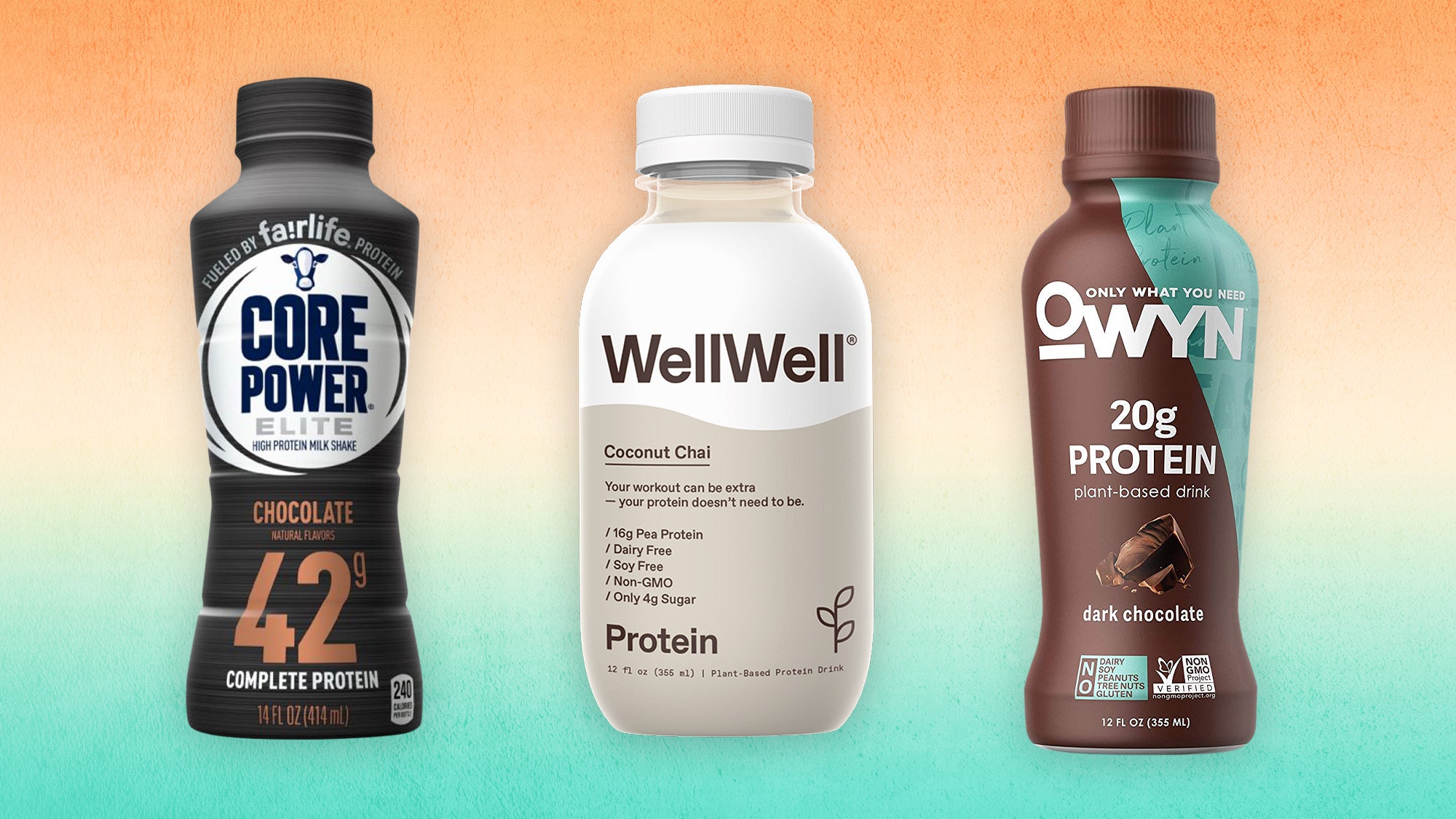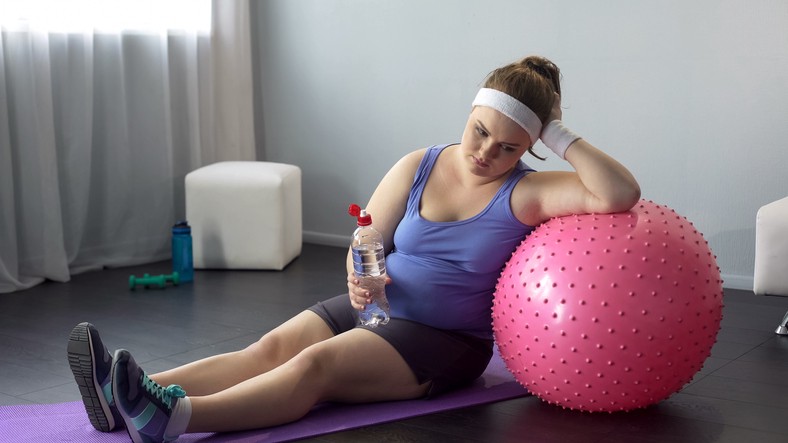
Learn more about MyPlate in our articles on MyPlate food groupings, Serving Sizes and Plant-based food. We also discuss the importance and necessity of eating lots of vitamin-rich and mineral-rich fruit and vegetables. Healthy Eating Plate's information is for educators as well as health-conscious individuals. We make suggestions for healthy eating and exercise but do not endorse or recommend any specific diets or exercises.
MyPlate
MyPlate encourages Americans that at least half their plate should be fruits and vegetables. Circulation's March 2021 study followed 108,000 people for 30+ years. It found that eating the recommended daily amount of fruits, vegetables, whole grain, and grains significantly reduced mortality rates and the risk of developing Type 2 Diabetes. These results are good, but the MyPlate Eating Healthy Plate has some problems. These are the most common issues with MyPlate's eating healthy plate.
MyPlate food options
The MyPlate Plan can be used as a guide to healthy eating. The plan focuses on five food groups: grains, fruits, dairy, proteins, and vegetables. The recommended serving size for these five food groups is half your plate. Whole grains are better than refined grains such as white bread and white rice. You can then choose the right serving size for you. Look out for foods that are high in potassium, calcium and iron.

Serving sizes
We've all heard about serving sizes, but do we really know how much of each is a serving? Truth is that the serving sizes listed on food labels can differ from one package to another, and it's important to pay attention to these amounts if you want to stay healthy. If you're unsure what to eat or where to look, the Nutrition Facts label will help you. You can find the serving size for many foods by checking the table below.
Plant-based foods
It is possible to have great health benefits by eating plant-based, but it can be difficult. To be able to eat a plant-based food, you will need to make significant lifestyle changes. These are some helpful tips for those who want to make the change. At least half of your food must be plant-based. Eat more whole grains (especially beans) and beans, especially if they are high in fibre.
Lean protein sources
Lean protein sources offer low calories and high levels of protein. Protein supports many body functions, such as the regulation of blood sugar, and can help keep you full longer. There are many kinds of protein that you can choose from. These are some ideas to help you add protein to your daily meals. These are the best protein sources. All contain less than 100 calories per serving. For the best protein source, look for one that has less than 10 grams total fat and 4.5g saturated fat.
Sugars
A great way to keep fit and healthy is to reduce sugar in your diet. It's easy to check the nutrition facts label and find out how much sugar is in your diet. Read the label carefully to learn more. Most foods will have a list of the sugar they contain. Sugar isn't a necessary part of our daily diet, but we shouldn't ignore it either.

Meat substitutes
You can create healthy plates by using meat substitutes. Although they look very similar to meat products, many of these are actually plant-based. Mycoprotein, for example, is a popular meat substitute. It is high in protein and fibre and contains little to no saturated fat. It is also easily soluble with water, making this a great ingredient for cooking. It can also be flavourful, ensuring that the meal remains satisfying even without the meat.
FAQ
What Can You Lose in One Week?
Your body fat percentage determines how much weight you are able to lose. First, calculate how much weight your goal weight is and then determine what your BMI (Body Mass Index). Your BMI will tell you how much weight to lose. If your BMI is 25 or greater, you're overweight. If your BMI is 30 or higher, you're obese.
Your BMI is calculated at 28.7 if your weight is 200. To drop to a healthy range of weight, you will need to lose approximately 70 pounds. To see if you're overweight, visit www.healthyminds.com/bmi/.
Once you know your BMI, this formula will allow you to determine how many pounds per week you'll be able to lose.
(Your Goal Weight - Current Weight)/BMI * 7 Number Of Pounds Lost Per Week
To lose 50 pounds in a month, you would need to exercise for 2 weeks. That's 56 days divided by 7 pounds per day. This works out to 8.3 lbs per week.
You could also try this calculator from www.weightlosscalculator.net. It will give you an approximate estimate of the calories you need to lose 1 pound each week.
Is cardio a way to quickly lose weight?
Cardio exercises can be great for burning calories but not necessarily helping you lose weight. It all depends upon how much fat you have stored, and what type or exercise you do.
Cardio exercises may not be sufficient to lose weight if you are overweight.
You need to combine them with dieting and other types of exercise.
Cardio exercises, such as running or jogging, can help you lose weight quickly. These cardio exercises burn more calories than any other type of exercise.
However, resistance training is required if you wish to build muscles and not lose weight. Resistance training can be done without the use of machines, weights, bands, elastic band, etc.
For fast weight loss, combine cardio with resistance training.
For fast weight loss, combine resistance and cardio training.
Is intermittent fasting affecting my sleep quality?
Intermittent fasting can affect your sleep. Your hunger hormones rise when you skip meals. You might wake up every night as a result.
This is why most experts recommend skipping breakfast. Instead, they suggest having a light snack before bedtime.
You can still eat a small meal if you feel hungry after the snack.
Don't overeat. If you do this, you might gain weight instead of losing it.
Statistics
- One study in 9 active men found that HIIT burned 25–30% more calories per minute than other types of exercises, including weight training, cycling, and running on a treadmill (18Trusted Source (healthline.com)
- A 12-week study in 20 women with obesity found that walking for 50–70 minutes 3 times per week reduced body fat and waist circumference by an average of 1.5% and 1.1 inches (2.8 cm), respectively (healthline.com)
- One 6-month study showed that simply doing 11 minutes of strength-based exercises 3 times per week resulted in a 7.4% increase in metabolic rate, on average. (healthline.com)
- According to Harvard Health, it's estimated that a 155-pound (70-kg) person burns around 167 calories per 30 minutes of walking at a moderate pace of 4 mph (6.4 km/h) (5). (healthline.com)
External Links
How To
How to lose weight fast
There are many fast ways to lose weight. But, many people find them ineffective and unsustainable. Dieting and exercising are the best ways to lose weight quickly. It is important to eat less calories than your body burns each day. This means eating fewer calories than what your body burns during normal activities. Reduce your calorie intake to quickly lose weight.
Foods high in sugar and fat should be avoided as they will increase your appetite. Drink plenty of water each day. This helps you stay hydrated and boosts your metabolism. Combine these three things and you will see results faster than ever before!